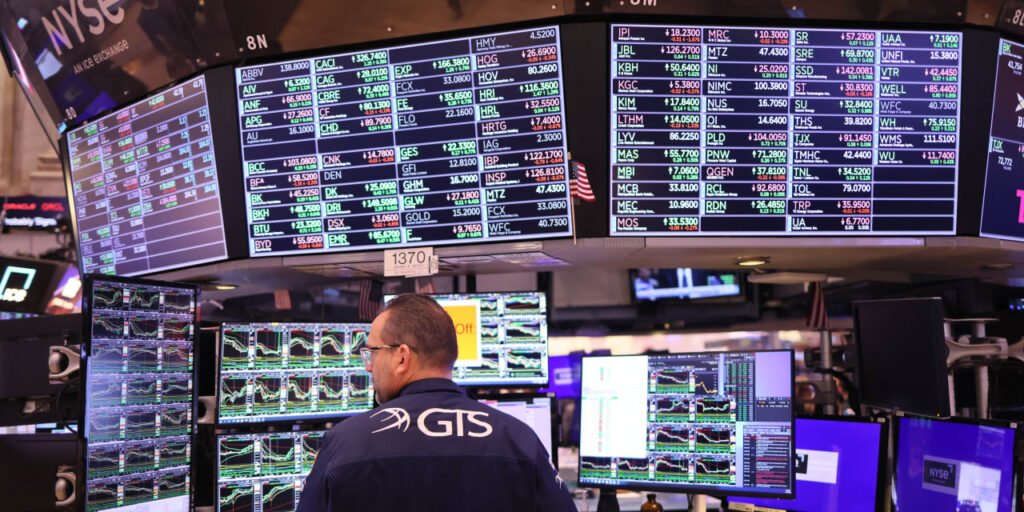Stocks of smaller companies have had a plain old bad year. They’re particularly cheap now, and their fundamentals may very well improve soon.
The
S&P Small Cap 600,
comprised of companies with an average market capitalization of about $2 billion, is down just over 4% this year, compared with the large-cap
S&P 500’s
14% gain.
That is no surprise. The S&P 500 is weighted by market capitalization, so the enormous tech companies that have been rallying in response to optimism about artificial intelligence have helped the overall benchmark to rise.
Perhaps more important, smaller companies have a harder time than bigger businesses dealing with higher interest rates—by far the most prominent element of the economic landscape since the Federal Reserve began boosting borrowing costs in March 2022. Bigger companies tend to find it easier to control costs, protecting their profit margins, when higher rates choke off sales growth by limiting demand for goods and services.
Earnings have been an issue for small-caps. Analysts expect aggregate sales this year for the S&P 600 to drop almost 1% year over year, according to FactSet. That would send earnings per share down 14% as profit margins drop.
While sales and profits are expected to rebound in 2024, forecasts for next year are still way below where they were. The FactSet consensus estimate of aggregate 2024 earnings per share at companies in the S&P 600 is down 17% from where it was at the start of this year.
The good news is that the data indicate the worst is likely over.
Analysts have already lowered their forecasts for 2024 EPS for the majority of S&P 600 companies, according to
Morgan Stanley.
Not counting the extraordinary flood of reductions triggered by the arrival of Covid-19 in early 2020, the ratio of cuts to increases is near its worst level of the past decade.
All that pessimism means small-cap companies should have an easier time beating bottom-line expectations, especially if the economy avoids recession and the Federal Reserve lowers interest rates to keep growth alive.
That means it is time to watch for the start of the rally. “Small cap [stock] performance usually bottoms 3-6 months before EPS forecasts start moving up again,” Lori Calvasina, chief U.S. equity strategist at RBC, wrote on Monday.
Valuations indicate the S&P 600 has plenty of room for gains as long as the profit outlook improves. The index trades at about 12 times expected EPS for the next 12 months, a 34% discount to the S&P 500’s 18.2 times.
That gap, among the steepest over the past decade, is a signal that small-caps are worth a look. When smaller companies are in favor, the index can trade at a valuation in line with the S&P 500’s.
Write to Jacob Sonenshine at [email protected]
Read the full article here



